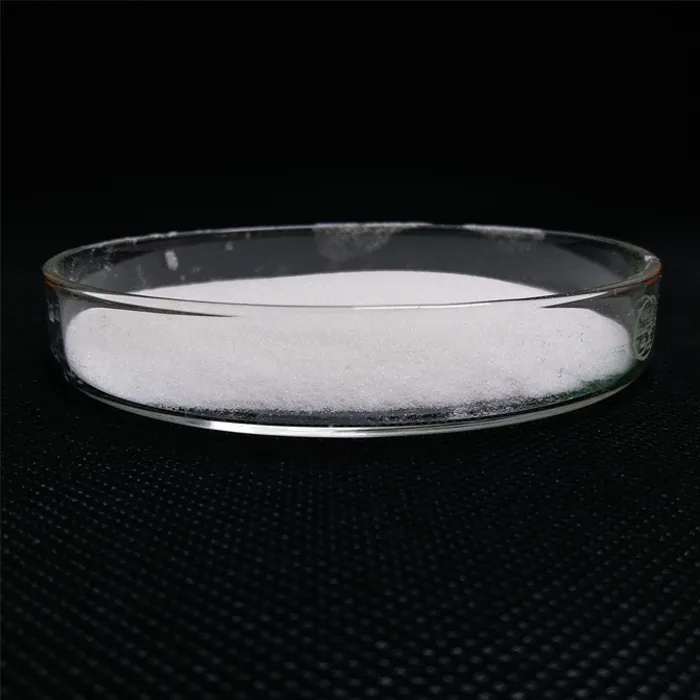Understanding PET Plastic Additives
Polyethylene terephthalate (PET) is one of the most widely used thermoplastic polymers, primarily known for its applications in textiles, containers, and packaging materials. While PET itself boasts impressive mechanical properties, additives are often incorporated to enhance its performance, processing, and longevity. This article explores the different types of additives used in PET and their roles.
Types of Additives
Understanding PET Plastic Additives
2. Plasticizers Although PET is inherently rigid, plasticizers are employed to improve its flexibility and processability. By reducing intermolecular forces within the polymer matrix, these additives enable easier molding and elongation, which is particularly beneficial for applications requiring flexible PET films.
pet plastic additives

3. Nucleating Agents Nucleating agents promote the crystalline structure of PET, leading to improved strength and thermal resistance. By accelerating crystal formation during the cooling process after the resin is melted, these additives can enhance the mechanical properties of PET, making it suitable for applications like containers and bottles that require durability and impact resistance.
4. Colorants and Fillers To achieve specific aesthetic and functional properties, colorants and fillers are often added to PET formulations. Colorants provide the desired tint or transparency, while fillers can enhance the dimensional stability, thermal resistance, or cost-effectiveness of PET products. Common fillers include talc and calcium carbonate.
5. Flame Retardants In applications where fire resistance is critical, flame retardants can be incorporated into PET formulations. These additives work by inhibiting the ignition and spread of flames, thus increasing the overall safety of PET products, particularly in textiles and packaging exposed to high temperatures.
Conclusion
The use of additives in PET production significantly enhances its functionality, expanding the range of applications for this versatile polymer. With ongoing advancements in additive technology, manufacturers are continuously discovering new ways to improve PET's performance characteristics while addressing environmental concerns. As sustainability becomes increasingly important, research into bio-based additives and recycling-friendly alternatives will likely shape the future landscape of PET and its additives. Overall, understanding the roles of various PET additives is crucial for optimizing product performance and meeting the needs of diverse industries.

